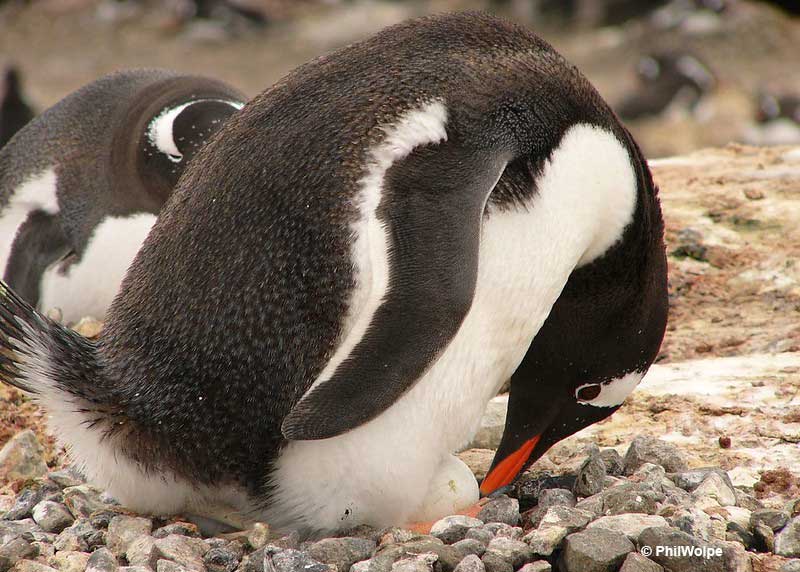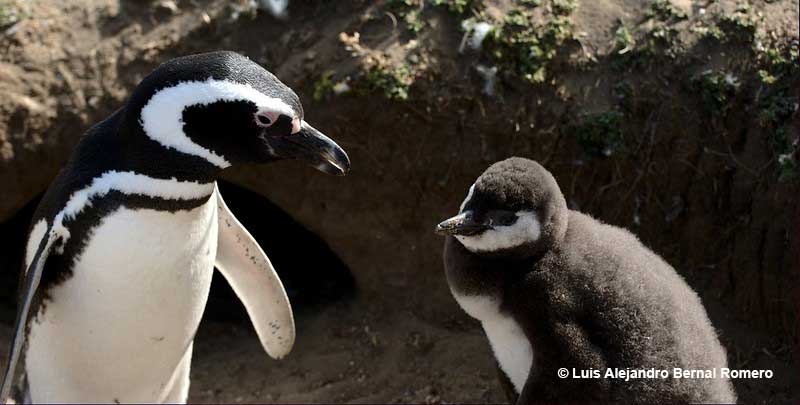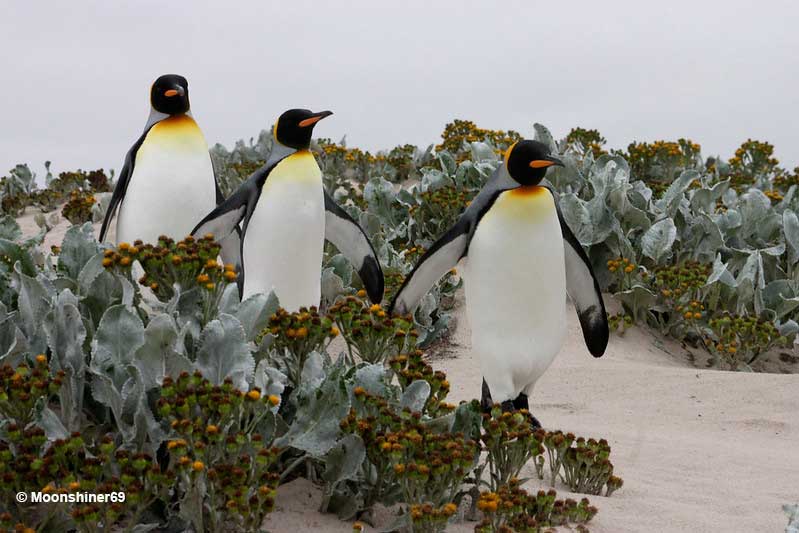
Penguins are classified as birds, not mammals. They share a common evolutionary ancestry, and they are also a much younger class than mammals.
However, people might sometimes mistake penguins for mammals due to perceived similarities. That is because, over time, these birds adapted to the challenges of their environment, evolving to thrive in aquatic habitats. Let’s explore it further.
Key takeaways:
- Penguins do not look like your typical bird, but does this mean they are not birds?
- The misconception that penguins might be mammals comes from their unique skills and looks, because, let’s face it, they do not look like our typical songbirds.
On this page
Are Penguins Birds Or Mammals?
In short, penguins are birds, not mammals. To understand why some might mistake penguins for mammals, it’s crucial to examine the shared and distinctive traits of birds and mammals. Both groups are warm-blooded vertebrates generally capable of walking.
Mammals have fur or hair, give birth to their offspring, and have denser bones. Conversely, birds have feathers instead of fur, lay eggs instead of giving birth, and have light and hollow bones.
The misconception comes from the fact that penguins seem rather different from other birds and quite similar to mammals, at least at a glance. Penguins waddle around on their two legs and cannot fly because their wings have evolved into flippers.

Unlike most other bird species, they have dense bones that help them sink into and stay submerged in the water. Their smooth, dense plumage can be mistaken for fur, especially when it comes to their chicks.
Another very rare occurrence in the avian world is the fact that male Emperor Penguins produce a substance called crop milk. It resembles cottage cheese, and they use it to nourish their young.
However, it is not actual mammalian milk, as only the female mammal produces it and in the case of the Emperor Penguin, it is produced by the male.
Noteworthy Characteristics
There are two key differences that make penguins birds, not mammals – penguins lay eggs and have feathers. In addition, although flightless, penguins have wings that have evolved into flippers to “fly” underwater. Let’s explore that a bit more in-depth.
Penguins Lay Eggs
One of the fundamental characteristics distinguishing penguins as birds is their reproductive strategy – laying eggs rather than giving live birth. Penguins, like other birds, invest in external development, carefully incubating eggs to ensure the survival of their offspring.

In addition to that, birds do not have mammary glands or produce milk and neither do penguins. The only exception that might confuse some is that male Emperor Penguins produce crop milk – a cottage cheese-like substance made of proteins and fats.
However, this is a very rare occurrence. Only two other bird species do that. Moreover, crop milk is not produced by mammary glands or, in this case, the female of the species.
Penguins Have Feathers
Feathers in birds are a multifunctional adaptation that aids birds in maintaining their body temperature and provides protection against elements.
But most importantly, feathers are crucial for flight. They form the wings, allowing birds to generate lift and maneuver through the air. The structure and arrangement of feathers are finely tuned for aerodynamics, enabling birds to achieve different flight patterns, whether soaring, gliding, or rapid flapping.
When it comes to penguins, then their smooth and dense plumage might superficially resemble fur, especially when it comes to their chicks. Don’t let that fool you, however, as we’re still dealing with feathers.
Penguins have unique feather adaptations that enable them to thrive in their cold and aquatic environments. Unlike the feathers of many other birds, penguin feathers are short, stiff, and densely packed, forming a waterproof layer. This adaptation is crucial for insulation, as it helps keep the birds dry and maintain their body temperature in chilly waters.
Penguin feathers are also specialized for streamlined swimming. The outer feathers are flattened and overlap like shingles on a roof, reducing water resistance and allowing the birds to glide smoothly through the water.
Penguins Have Wings
Birds are generally the only group capable of true flight, insects, and bats being the only exceptions. The primary and most obvious function of wings is flight, which provides birds with a distinct advantage in terms of foraging, escaping predators, and migrating long distances.

Penguins have fascinating wing adaptations that differ significantly from those of flying birds. They are flightless, and their wings have evolved into flippers, serving specialized functions for their aquatic lifestyle.
Their flipper wings allow them to navigate through water with remarkable agility – they’re short, stiff, and flattened, creating a streamlined shape that minimizes drag.
The flippers also play a crucial role in steering and maneuvering underwater. Penguins can make quick turns and adjustments, facilitating their pursuit of prey and evasion of predators in the ocean.
Related: Why do penguins waddle?
On land, penguins use their flippers for balance and stability. The flippers, along with their upright posture, contribute to the distinctive waddling gait of penguins as they move across rocky or icy surfaces.
Fun Facts About Penguins
- The exact number of penguin species is still debated. Depending on who you’re asking, there can be as little as 17 or as many as 20 penguin species.
- Penguins can only be found in the southern hemisphere. The only exception to this rule is the Galápagos Penguins, which can be found on the Galápagos Islands situated just north of the equator.
- Penguins are well-adapted to frigid conditions. Some species, like the Emperor Penguin, can endure temperatures as low as -40 degrees Celsius.
- Despite their clumsy appearance on land, penguins are incredibly agile swimmers. The Gentoo Penguin, for instance, can reach speeds of up to 22 miles per hour.
- Adélie Penguins are notorious for “stone stealing.” During mating season, males try to impress females by presenting them with the most appealing stones, leading to a lot of theft and intrigue.
- Penguins in certain regions, like those in the Galápagos Islands, have evolved without natural land predators, making them unafraid of humans and allowing for unique wildlife interactions.
- Emperor Penguins are incredible divers, reaching depths of over 1,500 feet in search of food. They can hold their breath for up to 20 minutes!
- Penguins’ distinctive black and white plumage, often likened to a tuxedo, serves a dual purpose. It provides camouflage while swimming (making them difficult for predators to spot from above) and helps them blend in with the ice and rocks while on land.
Frequently Asked Questions
Why is a penguin a bird and not a mammal?
A penguin is a bird, not a mammal, for two reasons – it lays eggs instead of giving live birth, and it has feathers rather than fur or hair.
Why is a penguin a bird and not fly?
Penguins can’t fly because their wings have evolved into flippers due to their aquatic lifestyle.
Why do penguins live near water?
Penguins live near water because they are highly adapted to an aquatic lifestyle. They are skilled swimmers and rely on the ocean for their primary food source, such as fish and krill.
Read next: Do penguins live in Alaska?
